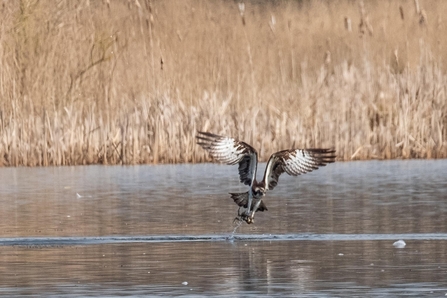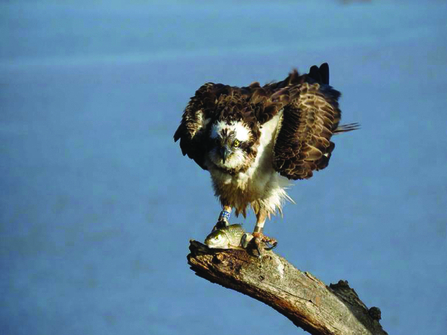The three young #FoulshawOspreys are now perching and calling on the nest around Foulshaw Moss nature reserve before they head off on their first EVER migration in the coming weeks.
The youngsters fishing lessons, so to speak, are happening behind the scenes in the estuary & surrounding area with their dad, White YW, achieving the majority, if not all, the groups' successful catches.
The beauty of osprey nest cam is that we can watch the young birds learning how to handle - their sometimes still wriggling - prey. We get to see how their dad plays a huge part in fine tuning their all-important survival skills, ready for their big journey ahead.







Comments